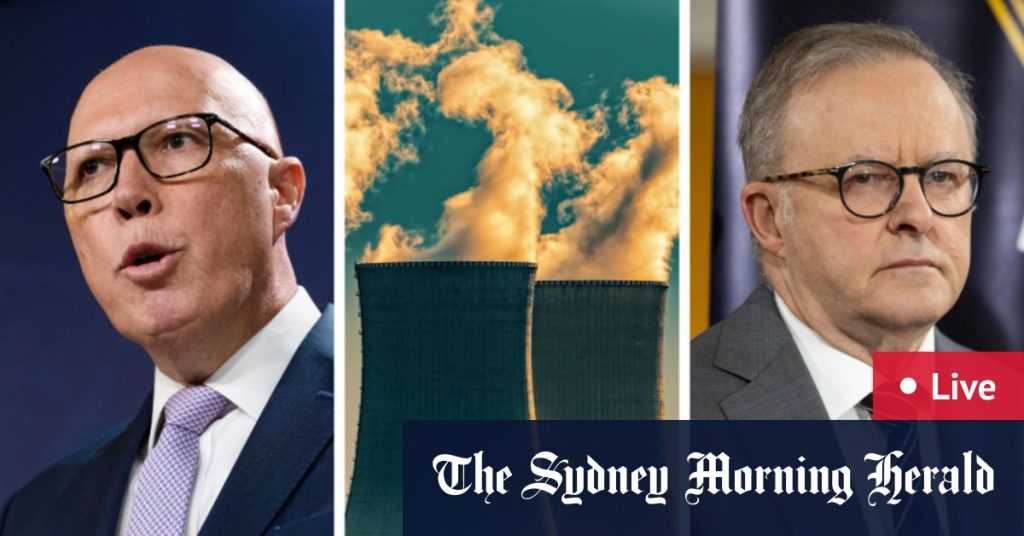The Australian Energy Market Operator (AEMO) has issued a warning of potential gas shortages in south-eastern Australia due to a combination of high energy demand during a cold snap and an unplanned outage in the Bass Strait gas fields. This warning covers Victoria, New South Wales, South Australia, Tasmania, and the ACT until the end of September. The Gippsland Basin gas fields in Bass Strait have traditionally supplied the majority of eastern Australia’s domestic gas demand, but rapid declines in supply have raised concerns of shortages on days of extreme winter demand. AEMO is forecasting potential deficits in the east coast market by 2028 without major investments in new gas fields, pipeline upgrades, or the commissioning of LNG importing terminals.
As gas stocks at Victoria’s Iona storage facilities continue to be drawn down due to higher-than-expected demand for power generation, AEMO is calling on Queensland gas producers to increase their supply to southern markets and urging industrial gas users to assess their requirements. Despite efforts to reduce long-term gas demand through policies banning gas hook-ups in new residential buildings and promoting the switch to electric alternatives, the reliance on gas in heating, cooking, power, and manufacturing remains widespread. In Victoria, where over 2 million homes and businesses use gas, available supplies are expected to fall by 48% by 2028. This highlights the need for continued efforts to diversify energy sources and reduce reliance on gas.
While Australia is a major gas exporter, supplying large quantities of gas to Asian markets, the domestic supply situation is becoming increasingly precarious. The depletion of gas reserves in the Gippsland Basin fields owned by ExxonMobil and Woodside is leading to warnings of potential shortages on days of high winter demand. AEMO’s warning has underscored the need for investments in new gas fields, infrastructure upgrades, and the development of LNG importing facilities to address the looming shortfall in gas supplies on the east coast. Without these investments, the market is at risk of facing deficits in the coming years.
The threat of gas shortages in south-eastern Australia this winter has raised concerns about the ability to meet demand for heating and power generation during cold periods. AEMO’s heightened warnings of a potential gas crunch have highlighted the vulnerability of the east coast market to fluctuations in supply and demand. With gas remaining a significant source of greenhouse gas emissions, efforts to reduce long-term demand and transition to cleaner energy sources are essential. However, the transition away from gas is not occurring quickly enough to prevent potential shortfalls in the near future, underscoring the need for a concerted effort to diversify energy sources and ensure a reliable supply of gas to meet domestic needs.
As governments and policymakers ramp up efforts to decarbonize and reduce reliance on fossil fuels, the gas shortage threat in south-eastern Australia serves as a stark reminder of the challenges in transitioning to cleaner energy sources. While policies to discourage gas use in new buildings and promote electrification are making progress, the current reliance on gas for essential services like heating and cooking continues to pose risks to energy security. The potential deficits projected by AEMO without significant investments in gas infrastructure highlight the urgency of finding solutions to ensure a stable and sustainable energy supply for homes and businesses in the region. By addressing these challenges and accelerating the transition to cleaner energy sources, Australia can better mitigate the risks of gas shortages and strengthen its resilience to future energy shocks.


